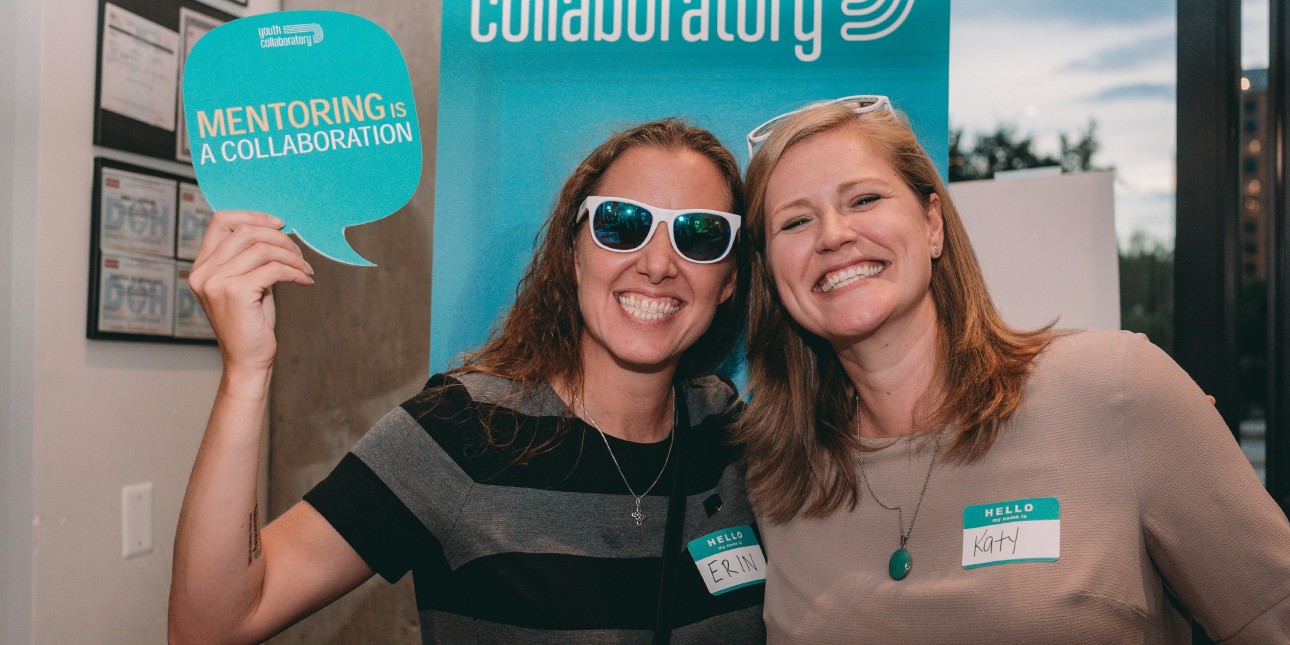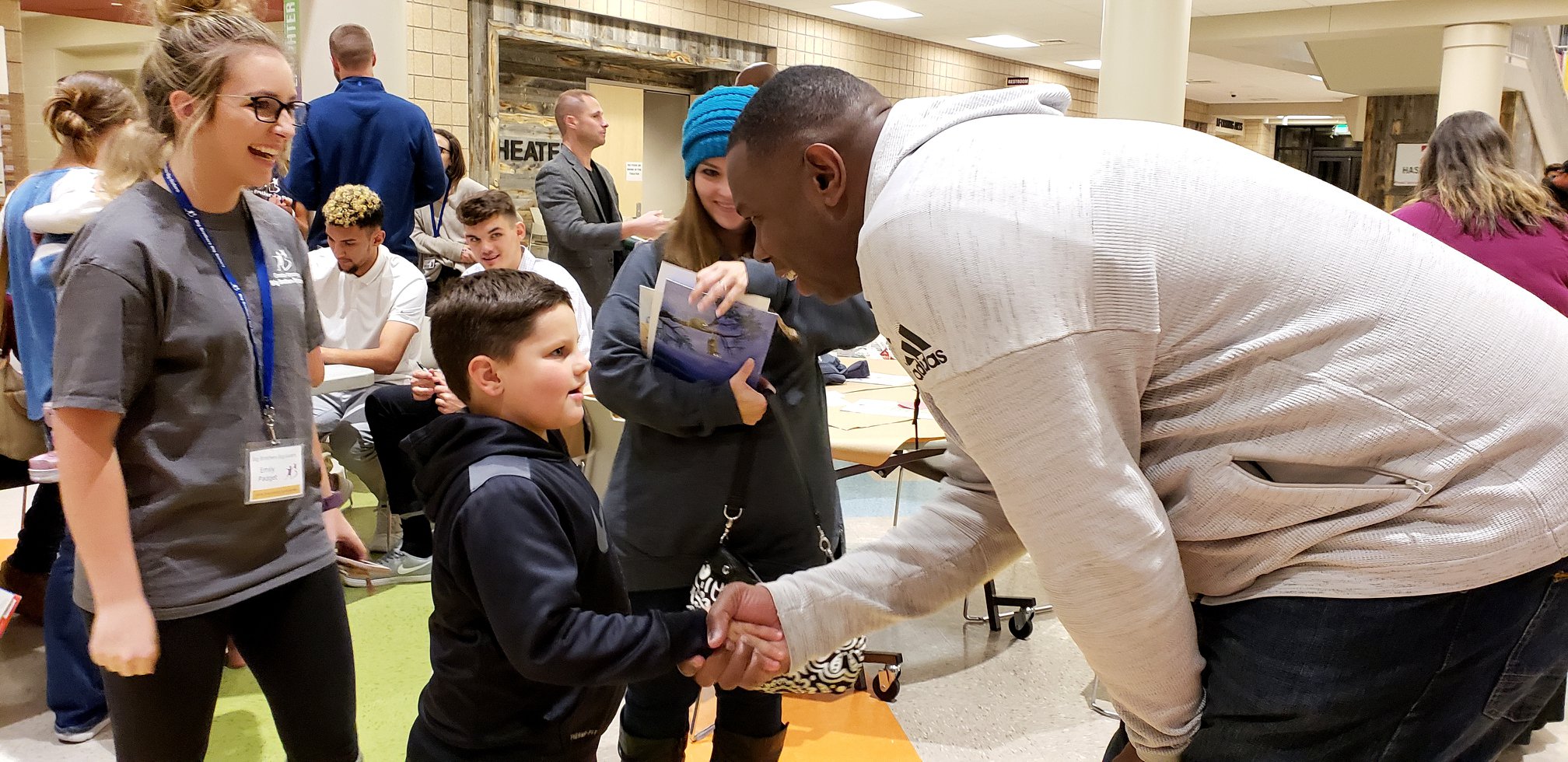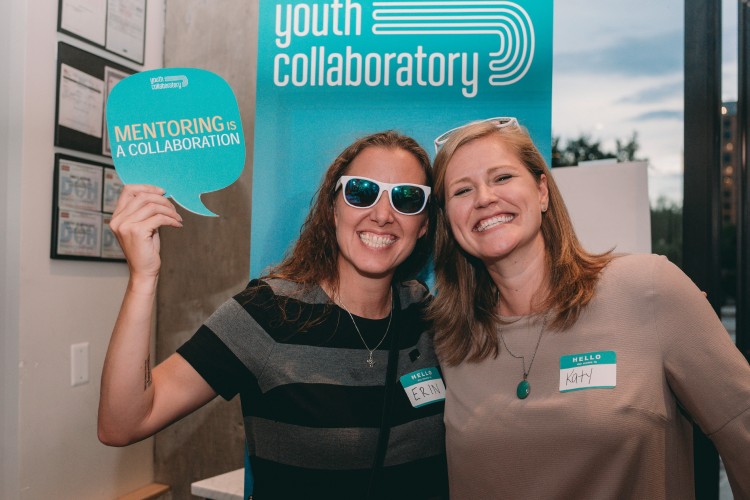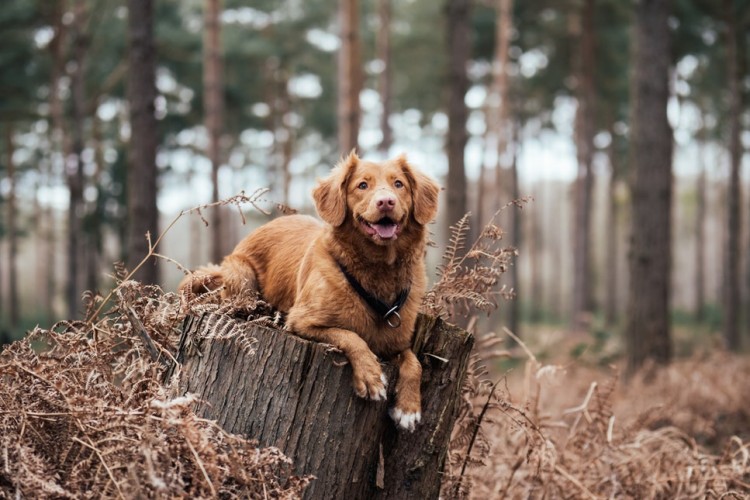
To access the toolkit home page, click here. To visit other modules, check out the Related section below.
We all talk about collaboration and how it can help improve services, but sometimes it’s just lip service. In rural communities, however, pooling resources with other agencies can be the difference between success and failure. How do you work with other agencies, businesses or organizations in your communities to fulfill your mission? There are many ways we partner with other agencies for mentoring, including:
- Recruitment
- Referrals/Resources
- Funding
- Resource pooling
If you’re lucky enough to have a university, college or community college in your area, these make great partners for mentor recruitment. But don’t discount other possibilities for partnering with institutions of higher education. “Not all students can make the commitment to mentor,” Laabs says, “so they come in as [other types of] volunteers.” Greater Wyoming Big Brothers and Sisters works with fraternities and sororities to host events for matches, like a “spa day” sponsored by a local sorority where Big and Little Sisters get makeovers and are pampered for the day. Local businesses also make great partners, and can host activities, participate in mentor discount programs, provide funding, or donate supplies to the program. Even small businesses can contribute through in-kind donations, helping to advertise the program, and encouraging employees to volunteer with your program. Kathy Schwartzhoff, the Mentoring Coordinator for Helping Services for Youth & Families in Decorah, IA, hosts events called “Mentor for a Day,” where business people come in and spend just one day with a mentee, talking about career development or leadership. Other community- or faith-based organizations are key partners. From referring mentees into the program to providing cross-referrals for services and resources for matches, co-hosting events, sharing space or helping with transportation, it’s important to be collaborative in your work with the community. If your area has a youth-serving coalition or a collaborative group, make an effort to attend and get to know other youth-serving professionals to find ways you can support each other. In Wyoming, for example, Big Brothers Big Sisters works with other organizations to provide training for their matches and families. As part of their Mentoring Center, local community organizations come in to do workshops on things like healthy relationships, dating violence, and more. And remember that collaboration is a two-way street. “We have a conference room available where [other organizations] can host event,” Laabs says. “This creates more community awareness about what we do and helps to further our community relationships.”

Pictured: Greater Wyoming Big Brothers Big Sisters - Laramie in action at their local high school.
These partnerships can also be valuable when planning for transportation needs. School districts have buses that can sometimes be used for transportation to events, but also consider a collaboration with schools to create long-term transportation access. Tina McGuinness, Executive Director of Gunnison Valley Mentors in Gunnison’s program also has a mentoring center that hosts activities. They have arranged a partnership with the school district to make the center a stop on the school bus schedule, so youth get dropped off and picked up every day. She has also partnered with the police department for its Safe Ride program. While the program is meant to safely transport those who have had too much to drink, the department has made the service available to the mentoring program for use with youth who need to be dropped off. Matches must schedule rides ahead of time, but the service has proven very valuable in addressing transportation needs. Providing multiple opportunities to get involved with the program is key to forming great partnerships in unlikely places. “Sometimes it’s about listening … and being open to how people want to participate,” Schwartzhoff says. Offering not only long-term opportunities like mentoring, but also one-time events like hosting activities, providing transportation, or even donating to the program can engage far more people in your cause. And sometimes those one-off volunteers witness mentoring first-hand and decide to become mentors themselves. “Sometimes people will write a check,” she says, “but as they’re doing it they also ask questions about how to get more involved.”
Relevant Resources
For partnerships and collaboration, we’re providing sample memorandum of understanding and a sample letter of support, along with a tip sheet to help plan partnerships around transportation. In addition, at Youth Collaboratory we use a recruitment plan to help staff identify venues for mentor and mentee recruitment, complete with space to define activities, a timeline and assign a responsible party to each step. Finally, there are a few resources around approaching small businesses for support, and some tried-and-true tips for approaching foundations successfully. And remember to always show appreciation for your partners, through recognition at public events to a simple thank you. As in other parts of life, it goes a long way.



